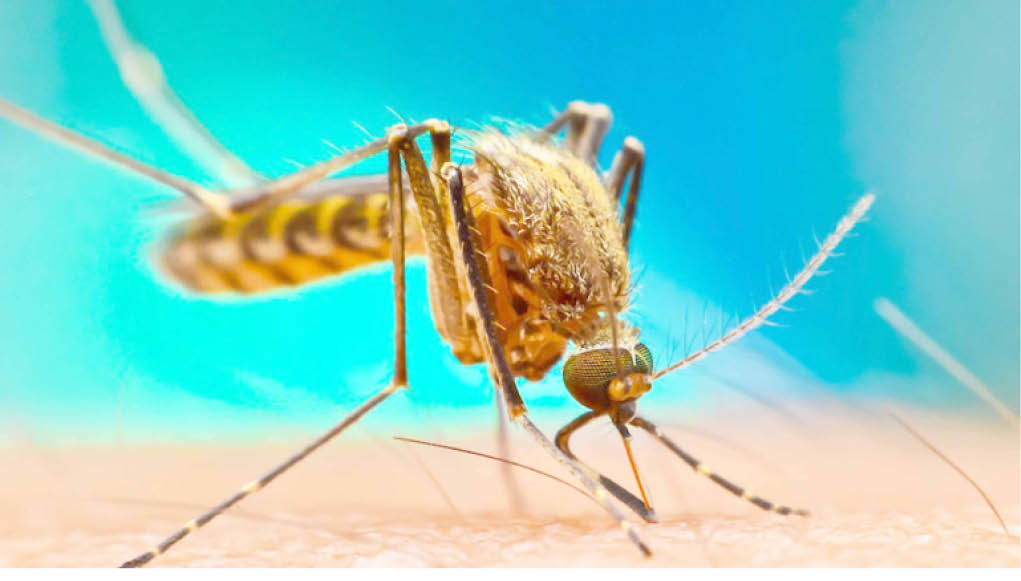The malaria prevalence in Nigeria is highest among children age 48 to 59 months, the 2021 Malaria Indicator Survey (NMIS) Report has revealed.
The report, launched yesterday by the National Malaria Elimination Programme of the Ministry Of Health, in collaboration with Breakthrough ACTION-Nigeria and other partners, also revealed that Nigeria’s malaria prevalence decreased from 23 percent to 22 percent.
The Advocacy, Communication and Social Mobilization (ACSM) Strategy and Implementation Guide was launched alongside the report.
Presenting the findings of the report, Dr Perpetua Uhomoibhi, National Coordinator, NMEP, said the country’s malaria prevalence was highest in the North West at 51.6% and that severe anaemia was most common in the zone.
Police arrest producer of ‘bulletproof charms’ in Katsina
World AIDS Day: Ensuring equal access to treatment, prevention services
She said the survey also showed that 56% of households owned at least one insecticide -treated net ( ITN).
She said while knowledge about how to prevent malaria was high, health-seeking behaviours still lagged behind.
“There is therefore, need to do things differently to improve acceptability and uptake of malaria interventions among the populace. This is the essence of having the ACSM Strategy & Implementation Guide,” she said.
Launching the report, the Minister of Health, Osagie Ehanire, said malaria remained a major public health challenge in Nigeria.
According to him, malaria constitutes a huge epidemiologic burden and continues to cripple the economic development of the country, noting that it is a leading cause of mortality and morbidity in Nigeria with young children and pregnant women disproportionately affected.
“It accounts for 60% of outpatient visits to health facilities, 30% of childhood deaths, 11% of maternal death (4,500 die yearly), and 25% of deaths in infants (children aged <1 year),” he said.

 Join Daily Trust WhatsApp Community For Quick Access To News and Happenings Around You.
Join Daily Trust WhatsApp Community For Quick Access To News and Happenings Around You.


